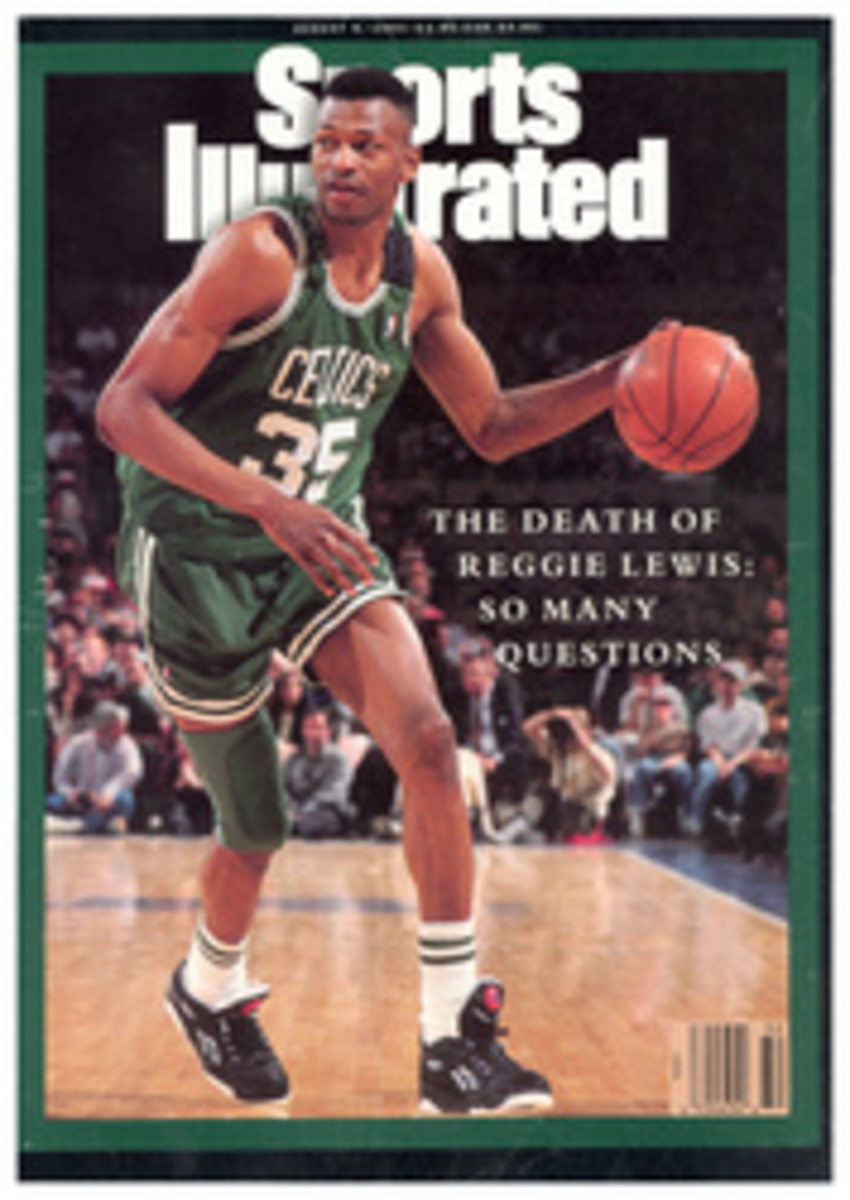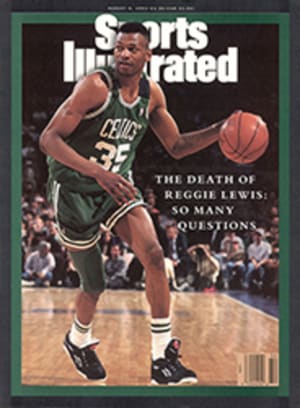
...But Is It Art?
Hold it! Before you toss out the old high school baseball cleats that have been gathering dust in the back of your closet, think again. That goes for the scuffed-up softballs, the torn glove, the rusting catcher's mask and any other items left over from your days spent on the sandlot or the diamond. You might not know it, but some people consider such things works of art.
This spring New York City gallery owner Aarne Anton and antiques dealer Michael Malcè put on "The Sports Show" at Anton's American Primitive Gallery in SoHo. The exhibit featured more than 300 pieces. Half of them had to do with baseball: the others were bits of folk art and artifacts pertaining to a variety of sports, from fishing decoys to a two-holed wooden bowling ball to a hooked rug depicting Johnnie Parsons in the car in which he won the 1950 Indianapolis 500.
"People have a strong response to these objects," says Anton. "They feel a connection to them. Not from the point of view of rarity, but from a longtime interest." It is early May, and the five-week-long show is in its last days. Anton is standing in front of a catcher's outfit from the 1940s. The ensemble—from mask to chest protector to shin guards to cleats—is displayed on a metal frame, which is Anton's creation. It looks like a crouching catcher, only without the body. A ball is suspended inside what Anton calls "a floating glove," because it is attached to a metal arm that pivots. The piece sells for $1,500, and he has sold four of them during the show. That's right, 1,500 smackers. Where are those old cleats, anyway?
Both Anton and Malcè speak warmly of the display of catcher's masks that takes up a full wall of the gallery. "They have a nice mystery." says Malcè. "You can see how people can get attached to a piece of equipment," says Anton. "Some of these are repaired and repaired again." Indeed, on a few of the masks the padding is kept in place by shoelaces. On others the padding is gone, and all that's left of the mask is bare metal, steel or iron. Some masks are extremely crude, others futuristic. Exhibited together, they take on a sinister air.
Anton and Malcè are not the first to see art in a mask. In 1991 New York's Museum of Modern Art staged an exhibition entitled "Modern Masks and Helmets." As noted in the program, "Not only does headgear transform the wearer, but it can affect the observer psychologically.... [Masks] remain an area that is extraordinarily rich in expressiveness." Studying the masks on Anton's wall, some dating back to the late 1800s, the viewer can't help wondering about the faces that they once protected or the outcome of the games in which they were used.
The show also included such one-of-a-kind finds as a chair made from 11 Louisville Sluggers, a red car seat and seven baseballs. The balls sit atop the bats that make up the seat's back. Malcè bought this item sight unseen last fall from an auctioneer in Binghamton, N.Y. "It sounded wild," he says. He sold it for $2,800.
Then there was the life-sized sculpture of a batter, made from tin. The piece took retired sheet-metal worker Renè Latour, 80, several months to complete. It looks like the Tin Man swinging a baseball bat.
"The show is a reflection of the nostalgia and American romance with the world of sports," says Anton, and the impetus for putting on such a show can perhaps be traced to Anton's and Malcè's childhood memories. Malcè, 55, grew up within biking distance of Ebbets Field in Brooklyn and still harbors feelings of abandonment from 1957, when the Dodgers left for Los Angeles. Anton, 45, was a Little League catcher and an avid baseball-card collector in Fayetteville, N.Y., but he broke the cardinal rule of collecting—he gave away his cards when he grew tired of the hobby.
The show appealed greatly to many of its viewers. Anton tells of a couple who came into the gallery in early April to browse and left with five gloves from the 1940s and '50s. Most of the items in the show were sold by the time it closed. So Anton and Malcè are now scouring flea markets and antiques shows up and down the Eastern Seaboard to stock up for their next sports show, which they hope to stage next April.
So dust off those cleats and mount them on your living room wall. Or try selling them to a more sentimental soul; at least think twice before you chuck them in the trash.
FIVE PHOTOS
AMERICAN PRIMITIVE
The show's masks, a few from the last century, evoked images of another era's ballplayers.

